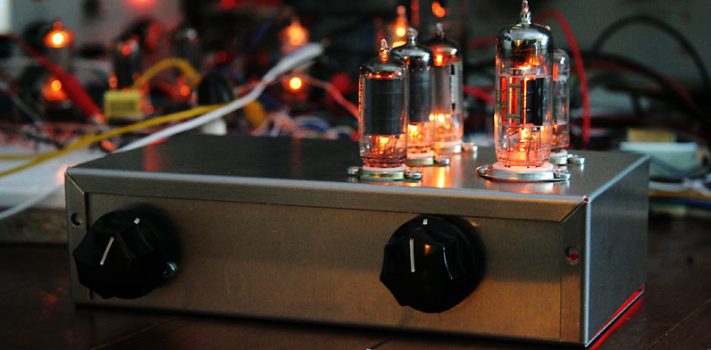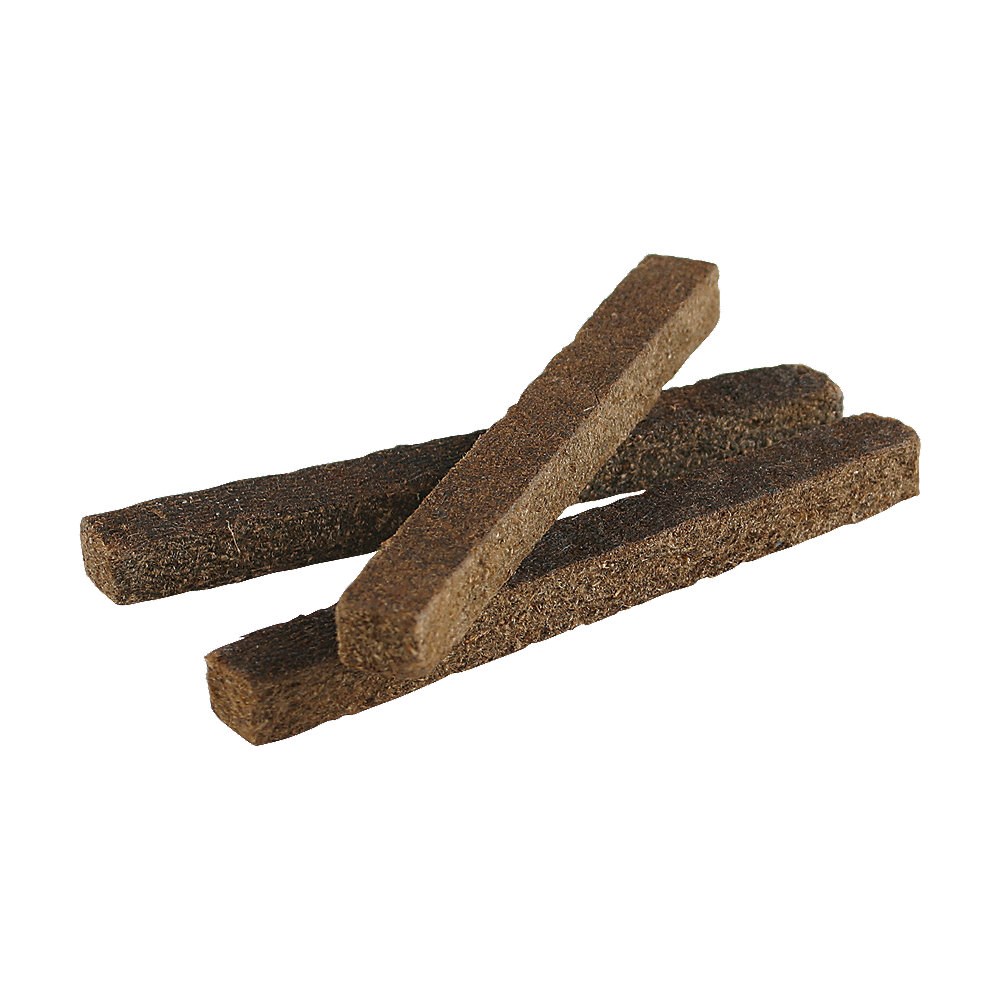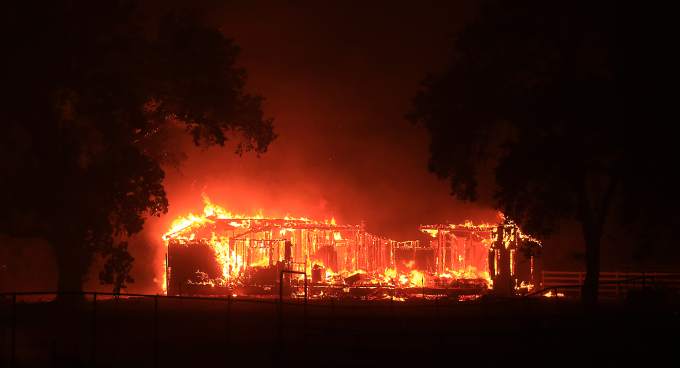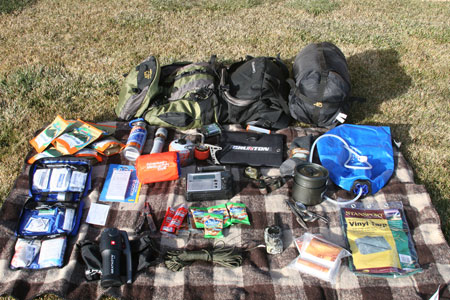Understanding the Progressive Agenda- Part 2, by DBS
The Next Domino to Fall After the Glass-Stegall Act Look, our friends over at Wall Street were losing their wealth. We (the elite) couldn’t allow that to happen. They needed more dollars to pay their debts because the stupid middle class had lost their jobs, filed bankruptcy, and were not buying anything. What could we do? Well, we decided to print more dollars and give those dollars to them. Then, they could pay off their bonuses and buy more of their own stocks. They keep up their perceived value, and we will all look rich! We will take advantage of …







